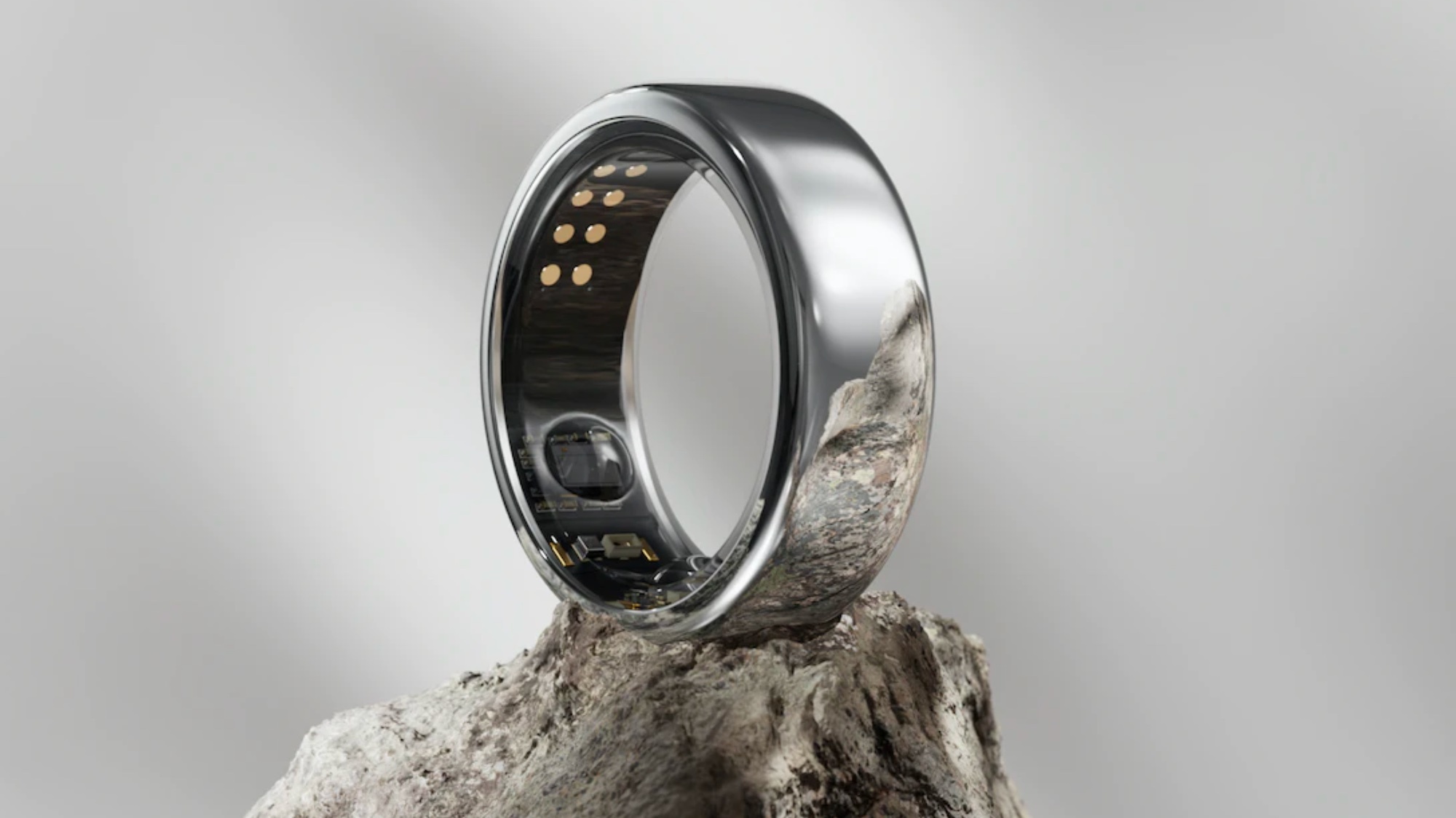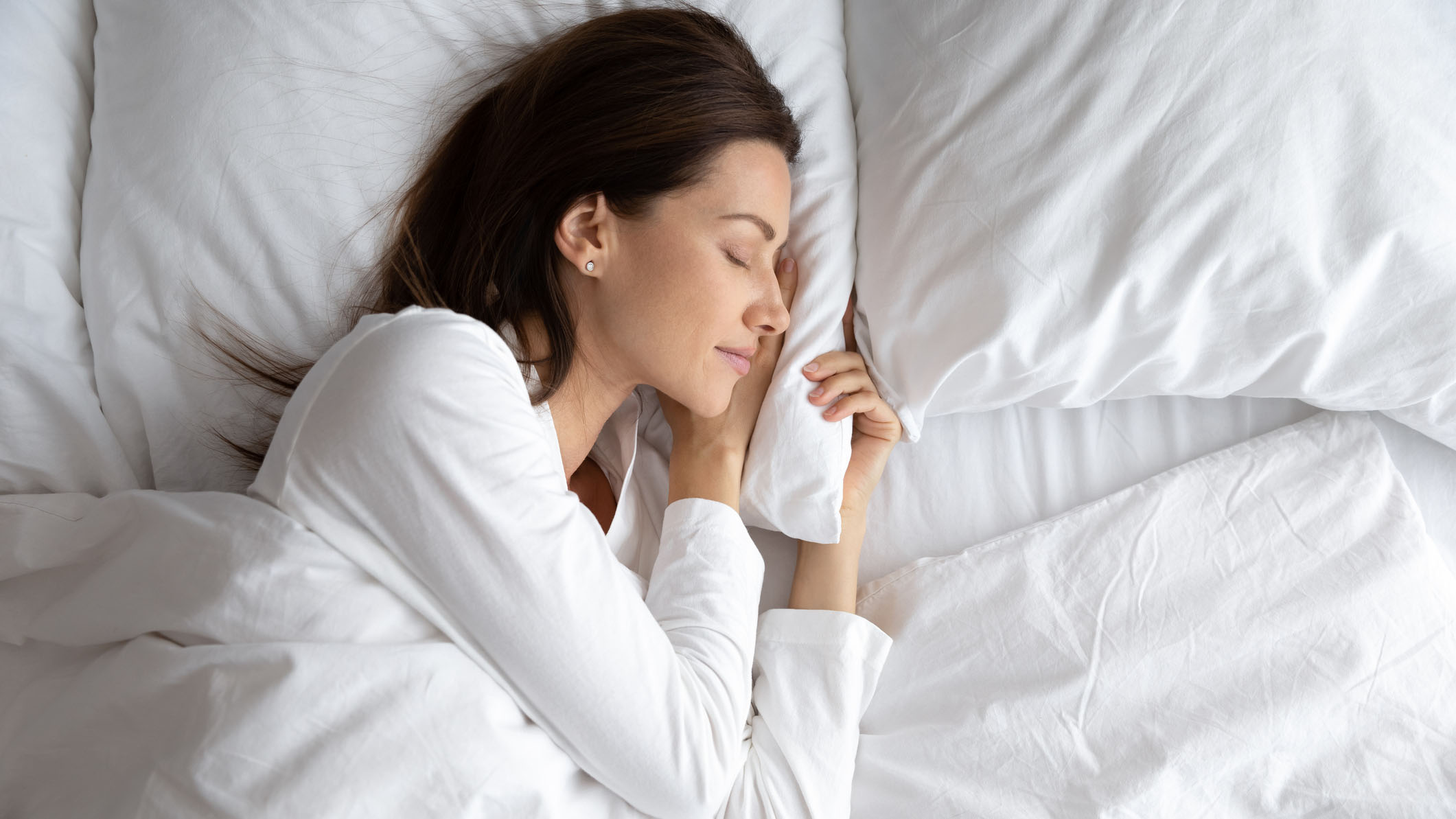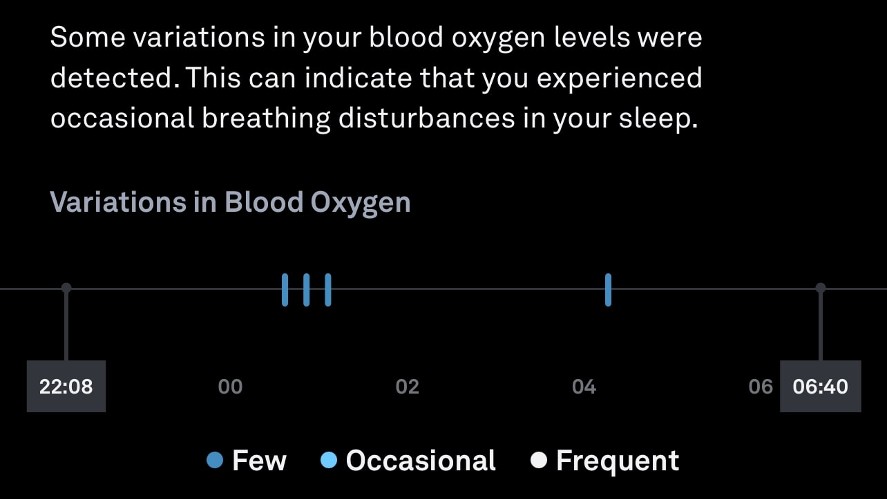
If you didn’t know the Oura Ring could detect sleep apnea, it can, and I’ve been using it to track mine for years — here’s what I’ve learned so far.
If you’re unfamiliar with sleep apnea, it turns out more of us may experience it than we realize. According to the National Council on Aging (NCOA), around 936 million adults worldwide are estimated to have sleep apnea, and snoring is the most common symptom in up to 94% of cases.
It occurs when breathing stops and starts during sleep, which may lead to health issues later in life, including metabolic complications, if left untreated. Below, I dive into what causes sleep apnea, how to manage it and what happened when I tracked my sleep apnea using the Oura Ring. Here’s what I’ve learned so far.
What is sleep apnea?
The American Sleep Apnea Association defines it as a disturbance to your breathing during sleep which may wake you (whether you remember it or not) and prevent you from cycling through the sleep stages properly.
There are three main types of sleep apnea: obstructive sleep apnea (OSA), which occurs when the upper airway becomes blocked (the most common type); central sleep apnea, caused by the brain failing to signal to your muscles to help you breathe; and complex sleep apnea, which is a mix of both.
It sounds alarming, and it can feel it, but your airway blocking could be from your tongue resting against your soft palate rather than something becoming stuck. During sleep apnea, your brain will partially wake you up to resume breathing; if this happens many times a night, particularly during the later, deeper sleep stages responsible for rest and recovery, you may experience poor sleep quality.
According to the American Sleep Apnea Association, around 80% of cases are undiagnosed. Over time, this reduces oxygenation of the blood and could physically impact your health, increasing the risk of heart disease, diabetes and depression.

How does the Oura Ring track sleep apnea?
The Oura Ring is undoubtedly my favorite gadget of 2023. It helped me better manage stress using several new features, and even knew my editor was pregnant before she did. And we can expect more intuitive features to come our way with the hotly anticipated launch of the Oura Ring 4.
Over the past year, I’ve been waking up in the middle of the night gasping for air and slightly shaken — it’s one of the main symptoms people experience with OSA, and I had no idea what it was when it started.
I’d wake up groggy, be easily disturbed throughout the night (sometimes grabbing my partner and sending him into a confused panic, too) and wake up irritable, sometimes nursing a headache, all with intense anxiety. At the time, I had no idea these were all common symptoms of sleep apnea.
I’ve since been to my physician, but interestingly, my Oura Ring seemed to know and track these symptoms before I did. How? Here’s what happened.
How to track sleep apnea using the Oura Ring

The Oura Ring tracks blood oxygen levels
It’s crucial to mention that wearable technology shouldn’t replace seeing your physician if you suspect an underlying health condition like sleep apnea. However, the Oura Ring (along with other game-changing health wearables on the market) may help detect and track occurrences you can share with your healthcare provider.
If you hit your sleep tab on the Oura app, you’ll notice the Oura Ring tracks average blood oxygen saturation as a percentage. Oura says factors like sleeping environment or allergies could lower blood oxygen levels, but this could also be a sign of sleep apnea.
Levels between 95-100% are considered normal, and you can track your long-term breathing regularity trend to help you detect any patterns over time (recommended). The Oura Ring measures blood oxygen levels using LED sensors, shining red and infrared light ‘into your finger’ and using ‘the reflected light that bounces back to estimate how much oxygen is in your blood.’
Oura provides a breathing graph
The breathing regularity graph shows variations in blood oxygen, logging disturbances as bars on a timeline with helpful written analysis to tell you how optimal your breathing was. The bars log data in 15-minute intervals during sleep, and the height and color of the bars indicate how frequently you experienced disturbances — few, occasional and frequent.

Low blood oxygen levels can show that blood isn’t oxygenating properly, and if that continues, it indicates something disturbing sleep. For example, one night, I saw three disturbances between midnight and 2 a.m., then one just after 4 a.m. I then looked at my sleep graph.
Just before the disturbances, the graph indicates deep sleep, which moves immediately to a lighter sleep in conjunction with each breathing disruption, alongside detected movement. On nearly every occasion, the data shows the correlation, with reports most frequently between 1-2 a.m., just after 4 a.m., or just after 6 a.m.
My app also gives me a daily lowdown on how optimal my breathing was (or wasn’t).
Oura provides sleep trends
If you head to the trends section of the Oura app, you can look at trends across sleep, activity levels, stress and readiness. Sleep trends monitor all aspects of sleep, including deep, REM and time awake, sleep scores and sleep stages — to name a few.
You can toggle between day, week, month, or year to get an idea of your sleep trends over time, which is more indicative of your health than a one-off reading. To these, add tags to your days to help you identify patterns — dark room, cool environment, or meditation before bed, for example.

Rich with data, I could look at the regularity of sleep disturbances in my lifestyle, assessing factors like whether I went to sleep late, if I was on my phone that night, whether or not I’d eaten late, and how my sleep quality fared overall that evening; this did two things: it gave me data to take to my physician and tools to improve my sleep routine.
Sound familiar? Here are our sleep team’s favorite 6 ways to improve sleep hygiene.
How do you fix sleep apnea?
The Oura Ring, along with health trackers that can accurately record oxygen levels, could help you detect sleep disturbances potentially indicative of sleep apnea, but they’re not designed to diagnose, so speak with a qualified physician or sleep specialist on the causes of sleep apnea and the treatments available, who can measure heart rate, breathing patterns, blood oxygen and even brain activity.
Obesity can increase your risk, as well as your age and those experiencing menopause. Men are also more likely to develop OSA than women, and those with heart disorders, smokers and back sleepers all have an increased risk.
Oura explains that the most common treatments include therapies like continuous positive airway pressure machines (CPAP) and vagal nerve stimulation. There are also some holistic steps you can take, such as losing weight, managing diet and sleep habits and sleeping on your side. If you’re experiencing symptoms and sit in a higher-risk category, speak with a medical professional.
Since my Oura Ring indicated that I could have sleep apnea, I’ve visited my physician and also utilized some tools like sleeping on my side and improving my sleep routine.
Here’s the best sleeping position for breathing problems, according to Oura, and you could use Oura’s meditation tool to set you up for a more restful night's sleep. Try to keep your sleeping environment cool and dark, schedule a consistent bedtime and put your phone on Do Not Disturb if possible.







